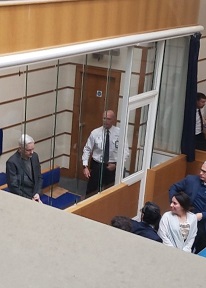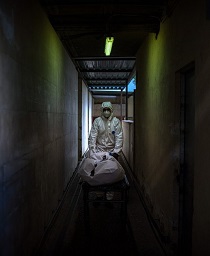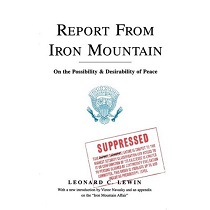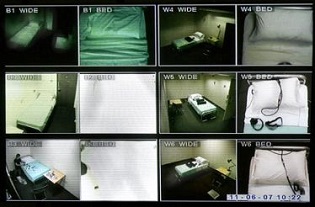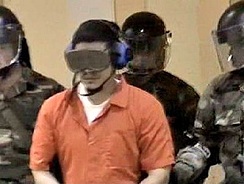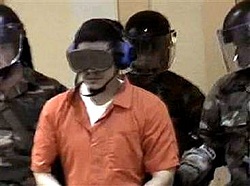Obama in Afghanistan
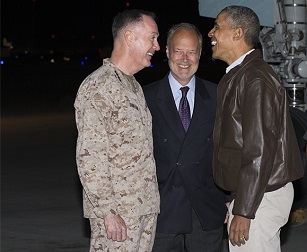
Torturer-in-Chief Barack Obama, right, is greeted by US
Ambassador to Afghanistan James Cunningham, center,
and Marine General Joseph Dunford, commander of the
US-led International Security Assistance Force, after
arriving at Bagram Air Field for an unannounced visit,
on Sunday, May 25, 2014, north of Kabul, Afghanistan.
He left Washington Saturday. He arrived in Afghanistan Sunday. It was his fourth visit. He stayed less than four hours. Earlier trips were in March 2010, December 2010 and May 2012. Obama addressed US troops. He did so at Bagram Air Base.
It houses one of America's notorious torture prisons. Dozens of others operate globally. Guantánamo is the tip of the iceberg. Bagram is called the Parwan Detention Facility (aka Bagram Theater Internment Facility). It's next to Bagram's air field. It was formerly called the Bagram Collection Point.
In mid-2011, it held 1,100 political prisoners. Maximum during Bush years was 600. None have POW status. All are political prisoners. They illegally held.
Abuse continues. It's notorious. It's not reported. It's out of sight and mind. Former detainees describe horrendous treatment. Not far from where Obama spoke. It includes:
● painful extended period shackling;
● exposure to extreme heat and cold;
● abusive treatment while naked, hooded or blindfolded;
● waterboarding numerous times;
● isolation in tiny cells;
● other times in overcrowded ones forcing detainees to sleep in shifts;
● hung from steel bars in cells or metal hooks in interrogation rooms for extended periods;

